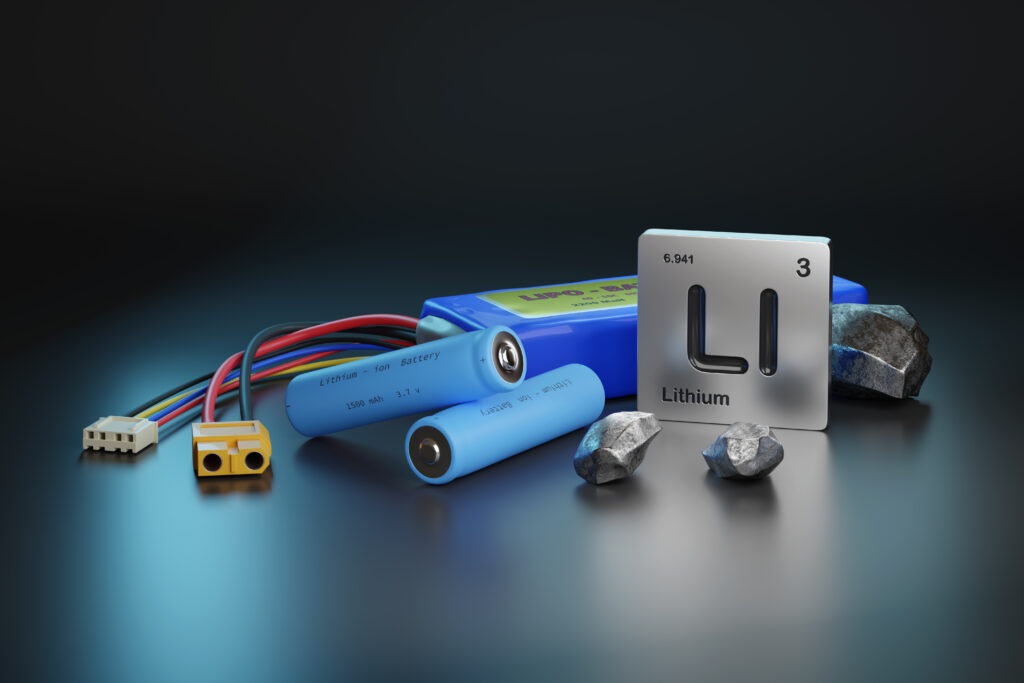Lithium prices plummeted in 2019, as the market tipped into oversupply and EV growth slowed. Production of the lithium-ion battery metal is set to almost triple by 2025 to over 1.5 million metric tons, but there are concerns that a decline in upstream investment could flip the market into undersupply further out.
Lithium recovery is important as it is an integral component of batteries for electric vehicles and even during lithium-ion battery recycling. As EV purchases have sky-rocketed – over 2 million vehicles were sold in 2018, so has the need for eco-friendly battery recycling, in turn, fueling lithium-ion battery demand.
Looking ahead, there is a forecast of substantial growth in lithium supply until 2025. New brine lakes and mines, coupled with expanded output from several existing projects would boost global lithium production. Australia, currently the largest producing nation, is set to sustain its position, with existing mines steadily ramping up production, bringing over 400,000 mt of new supply by 2025.
Lithium hydroxide comprised only 21% of total output in 2019, but that type of metal is the preferred battery-grade material for vehicles. It’s estimated to become the dominant lithium compound by 2025. Battery manufacturers are investing in two areas to meet the increased demand for the commodity. First, an increased share of global lithium carbonate production will be replaced by lithium hydroxide. Second, manufacturers are developing higher-quality rock deposits capable of producing more shares of lithium hydroxide.
Given the expected rise in lithium-ion battery demand, investors might wonder if the world will run out of lithium compounds. To be honest, our planet definitely has enough lithium resources to meet demand between now and 2025. It probably even has enough resources to meet requirements for the entire 21st century.
The reality is that humankind hasn’t required much lithium resources until now, so there was relatively less effort put into characterizing, discovering and developing resources. Significant new deposits are still being discovered. For example, in the summer of 2019, scientists announced the discovery of a new rock deposit in southwestern China that could hold an estimated 2.5 million metric tons of lithium.
There’s no question that the world has enough lithium resources to meet the demand for the foreseeable future, but there’s still a big enough concern for investors to consider: If the world will be able to ramp up production quickly enough — or responsibly enough — to meet the rising demand?
That may sound a little ridiculous at first, especially considering the global market was oversupplied in 2019. But nearly tripling output in just six years without throwing the near-term market balance. Balancing demand and supply will require the coordination of several global markets. There’s also the risk that whether due to a global recession or electric vehicles simply not living up to the near-term hype, in such scenario lithium could result in grossly oversupplied markets.
Simply put, investors cannot forget that lithium carbonate and lithium hydroxide are commodities. Selling prices can be volatile. Manufacturers can ruin market balances, especially considering brine production takes weeks to complete in evaporation ponds, which are not able to quickly respond to market shocks.



